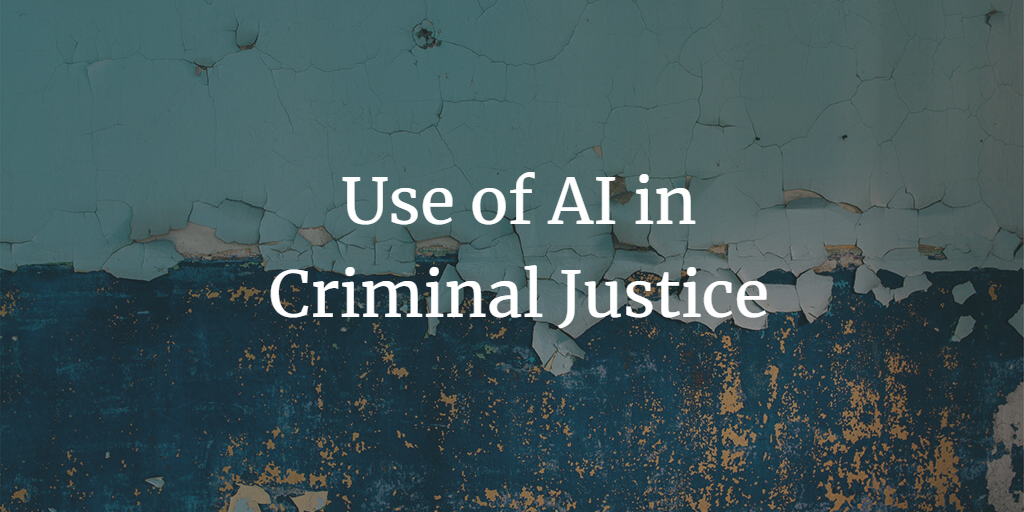The Future of Criminal Law: Exploring the Use of Predictive Analytics and AI in Criminal Justice

Table of Contents
Introduction
Understanding Predictive Analytics and AI
The Use of Predictive Analytics and AI in Criminal Justice
Potential Benefits
Ethical Considerations and Challenges
Looking Towards the Future
Conclusion
1. Introduction
Technological advancements are reshaping numerous sectors, including the legal field. This article explores a specific aspect of this transformation: the use of predictive analytics and artificial intelligence (AI) in criminal justice, a development that is poised to redefine the future of criminal law.
2. Understanding Predictive Analytics and AI
Predictive analytics involves using statistical techniques and algorithms to analyze historical data to make predictions about future events. AI, on the other hand, is a broader field encompassing systems or machines that mimic human intelligence to perform tasks, often relying on aspects such as learning and problem-solving.
3. The Use of Predictive Analytics and AI in Criminal Justice
Predictive analytics and AI are increasingly being used in various aspects of criminal justice:
Predictive Policing: Law enforcement agencies use predictive analytics to forecast criminal activity and allocate resources more effectively.
Risk Assessment Tools: These tools predict an individual's likelihood of reoffending and aid in making decisions about bail, sentencing, and parole.
Investigations and Evidence Analysis: AI can assist in investigations by analyzing vast amounts of data, identifying patterns, and even helping to solve cases.
4. Potential Benefits
The use of predictive analytics and AI in criminal justice can yield several benefits:
Increased Efficiency: AI can analyze data more quickly and accurately than humans, leading to improved efficiency.
Better Decision-Making: Predictive analytics can provide valuable insights that aid in decision-making, from resource allocation to sentencing.
Improved Public Safety: By predicting crime, law enforcement can proactively address issues, potentially enhancing public safety.
5. Ethical Considerations and Challenges
While there are potential benefits, the use of predictive analytics and AI in criminal justice also raises significant ethical considerations and challenges:
Bias: If the data used to train AI systems is biased, the predictions and decisions can also be biased.
Transparency: AI algorithms can be "black boxes," making it difficult to understand how a particular decision was reached.
Privacy: The use of predictive analytics and AI often involves collecting and analyzing vast amounts of data, raising privacy concerns.
6. Looking Towards the Future
The future of criminal law will likely see more extensive use of predictive analytics and AI. However, it's essential to address ethical considerations and challenges to ensure these technologies are used responsibly and fairly.
7. Conclusion
The use of predictive analytics and AI in criminal justice is revolutionizing the future of criminal law. These technologies promise to bring efficiency and robust predictive capabilities, potentially leading to improved public safety and better decision-making. Yet, the journey is not without significant ethical and practical challenges. Bias, transparency, and privacy concerns are paramount and must be thoughtfully addressed. As we advance into this new era of criminal law, it's essential to foster a continuous dialogue about these issues, ensuring that the implementation of these technologies enhances, rather than compromises, justice and fairness.


